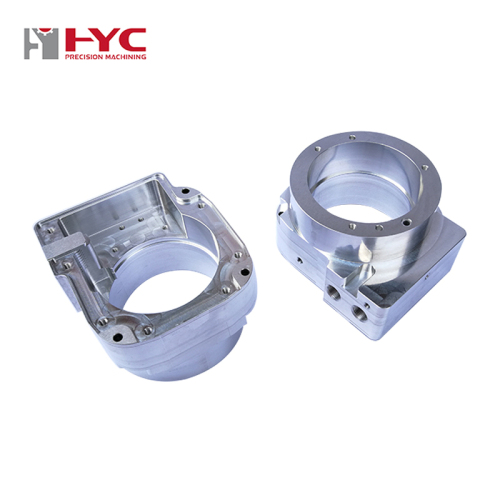The design and optimization of CNC Machining Parts is a crucial link in the manufacturing industry, which directly affects the performance, manufacturing costs, and production efficiency of the parts. Through scientific design and optimization methods, the accuracy, strength, and reliability of parts can be significantly improved, while reducing production costs and processing cycles. This article will explore in detail the design and optimization strategies of Cnc Machining Parts, providing readers with valuable reference and guidance. 1. Basic principles of component design
When designing CNC machining parts, it is necessary to follow some basic principles to ensure the rationality and machinability of the design. Firstly, it is necessary to fully consider the functional requirements and usage environment of the parts, ensuring that they can meet the design requirements and working conditions. Secondly, it is necessary to simplify the structure of the parts as much as possible, reduce unnecessary machining features and complexity, in order to reduce machining difficulty and cost. In addition, factors such as material selection, tolerance fit, and assembly requirements need to be considered to ensure the overall performance and reliability of the parts.
2. Key elements of optimized design
Optimizing the design of CNC machining parts involves multiple key elements, which are of great significance for improving part performance and reducing production costs. Firstly, it is necessary to make a reasonable material selection. Different materials have different mechanical properties and processing characteristics. Choosing suitable materials can significantly improve the strength and wear resistance of parts, while reducing processing difficulty and cost. Secondly, it is necessary to optimize the shape and size of the parts. By designing the structure and dimensions of parts reasonably, cutting volume can be reduced, machining efficiency can be improved, and tool wear and machine load can be reduced. In addition, the optimization of tolerance fit is also one of the key factors. Reasonable tolerance fit can ensure the stability and reliability of parts during assembly and use.
3. Applying advanced design techniques and methods
In order to further improve the design level of CNC machining parts, advanced design techniques and methods can be applied. For example, topology optimization technology can automatically adjust the internal structure of parts based on their stress conditions and design requirements, achieve optimal material distribution, and improve the strength and stiffness of parts. At the same time, finite element analysis technology can perform precise mechanical analysis on parts, predict the stress distribution and deformation of parts under different working conditions, and provide strong support for design optimization. In addition, parametric design and automated programming techniques can be utilized to achieve rapid iteration and optimization of part design, improving design efficiency and quality.
4. Consider constraints and requirements during the manufacturing process
When designing CNC machining parts, it is also necessary to fully consider the constraints and requirements during the manufacturing process. For example, the machining ability of a machine tool, the selection of cutting tools, and the setting of cutting parameters can all have an impact on the machining quality and efficiency of parts. Therefore, in the design process, it is necessary to closely cooperate with the manufacturing department, understand the performance and processing ability of the machine tool, and ensure that the designed parts can be efficiently and accurately processed on existing equipment. In addition, it is necessary to consider the requirements for mass production and cost control of parts, and reduce production costs and improve production efficiency by optimizing design and process planning.
5. Continuous improvement and iteration
The design and optimization of CNC machining parts is a continuous improvement and iterative process. With the continuous development of technology and changes in market demand, it is necessary to continuously optimize and upgrade the design of parts. By collecting and analyzing data and feedback from actual production, problems and shortcomings in the design can be identified, and targeted improvements and optimizations can be made. At the same time, it is also necessary to pay attention to the development trends of new technologies and materials, timely apply new technologies and materials to part design, and improve the performance and competitiveness of parts.
In summary, the design and optimization of CNC machining parts is a complex and important process. By following design principles, optimizing key elements, applying advanced technologies and methods, and implementing continuous improvement and iteration strategies, the performance of parts can be significantly improved, production costs can be reduced, and production efficiency can be improved. This is of great significance for the sustainable development of the manufacturing industry and the improvement of market competitiveness.





